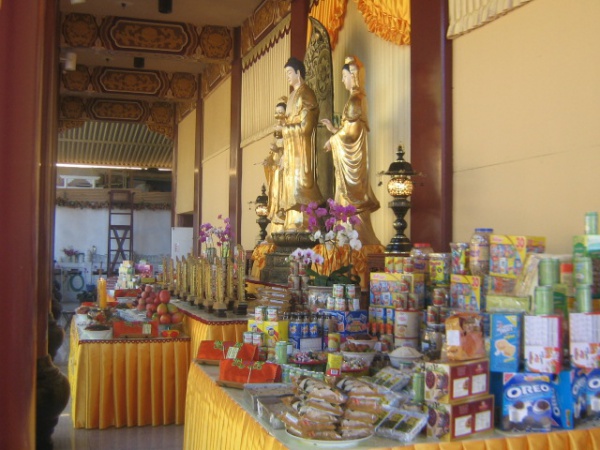Facts About Ghost Festival
The Ghost Festival, also known as the Hungry Ghost Festival, Zhongyuan Jie, Gui Jie, or Yulan Festival, is a traditional observance in several East Asian nations rooted in Buddhist and Taoist beliefs. It occurs on the 15th night of the seventh month of the Chinese calendar. During this time, it is believed that the gates of Heaven, Hell, and the living world open, allowing spirits to roam freely. To alleviate the suffering of these spirits, Taoists and Buddhists perform various rituals.
A central aspect of the Ghost Festival is ancestor veneration. Families prepare food offerings, burn incense and joss paper (also known as "ghost money"), and set up elaborate meals with empty seats to honor deceased family members. The origins of the modern Ghost Festival can be traced back to the Mahayana scripture known as the Yulanpen or Ullambana Sutra.
Throughout the festival, numerous rituals and ceremonies are conducted to ease the suffering of ghosts. These include burning incense and making offerings to the deceased. In some East Asian countries, live performances are held with empty seats specifically reserved for the spirits. The festival often concludes with the floating of water lanterns, which are intended to guide the lost souls of ancestors to the afterlife.
The Ghost Festival is also celebrated in other parts of Asia, each with its unique traditions and practices. In Taiwan, the entire seventh lunar month is known as Ghost Month, during which various rituals and offerings are performed to appease spirits. In Japan, the festival is called Obon, a time for family reunions and honoring ancestors. In Vietnam, it is known as Tết Trung Nguyên, focusing on pardoning condemned souls and making offerings to homeless spirits.
Similar traditions exist in other Buddhist and Hindu communities across Asia, including Cambodia, Laos, Sri Lanka, Thailand, India, and Indonesia. These ceremonies and offerings to ancestors and spirits are believed to bring merit and blessings, ensuring the well-being of both the living and the deceased.

 Kyrgyzstan
Kyrgyzstan